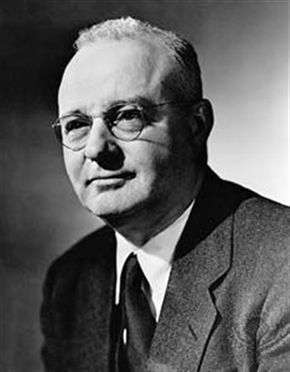The Faroe Islands are a group of islands between Scotland and Iceland in the North Atlantic Ocean. Although a small nation, they are known to the outside world for their tradition of whaling – specifically pilot whales that are native to the North Atlantic Ocean. The media often show photos of bloody shorelines with a line of whale carcasses, decrying the so-called “inhumane hunting” of the whales. The dramatic scene and cuteness of the whales seems to appeal to the masses and has caused quite a controversy regarding the Faroese tradition, known as grindadráp. However, the media often tells a misinformed story regarding the whaling. One thing to know is that Faroese whaling is fundamentally different to whaling seen in other parts of the world, such as Japanese whaling.
The Faroese have been killing pilot whales for food for the past millennium and have done so in the most humane and sustainable way possible. Despite popular belief, the pilot whales are not endangered and in fact overpopulated in the North Atlantic Ocean. As they are carnivorous, an overpopulation of the whales causes a shortage in fish. Fishing is the major industry in the Faroe Islands and constitutes their livelihood; so ironically, the pilot whales can endanger the Faroese people by consuming all the fish in the surrounding sea. Thus, the Faroese kill a small portion of the whale population (roughly 0.1%, a completely sustainable rate) to balance the ecosystem while protecting their most important industry and their livelihood.
Faroese whaling is not commercial and only enough whales are killed to provide enough food for the people (equally distributed to the participating families). The killing is not for fun or money, but simply to support the lives of the people. As such, the Faroese have also come up with the most humane way to kill the animals.
When whaling season starts and the pilot whales come near the shore, “drives” are initiated where a semi-circle of boats herd nearby whales towards the shoreline (only whales near the shoreline are killed). When the whales approach the shore, the people use blunt blowhole hooks that catch the whales without causing wounds (unlike harpoons and spears) and draw them closer to shore. Only adult males are drawn in (no females or babies) and only enough that can be killed swiftly are drawn in.
Once drawn in, the men quickly use their knives to cut the spinal cord and artery supplying the brain, killing the whale within 15 seconds of being beached. It is the quickest and most painless way to kill the whales and only those who have been trained to do it properly are allowed to kill. As a major artery is cut and whales are big mammals, a large volume of blood is released, dying the sea a bloody red colour.
The whales are then divvied up equally, with no part of the whale going to waste. As only nearby whales are killed, sometimes no whales are killed for years.
Unfortunately, due to pollution in the ocean, there have been increasing levels of heavy metals such as mercury found in the whale meat. This is endangering the health of the island population and the deeply engrained tradition of grindadráp. The saddest part is that the pollution is from industrialised countries such as USA and European countries, not the Faroe Islands. Yet the Faroese have to put up with bigotry from those who do not understand the culture, process or the reasoning behind the tradition. If anything, it is by far more humane and sustainable than killing animals after a lifetime of captivity then sending them to a slaughterhouse.
It is extremely important to see the truth behind controversial issues such as this, as more often than not the truth is shrouded by bigotry and subjective comments by people who have only seen the issue through some photographs on the internet.

(Notice the single, deep horizontal slash through the dorsal aspect of the spinal cord, just before the brainstem. Such a cut would immediately sever any pain signals and cause almost instant unconsciousness due to ischaemia of the brain.)







